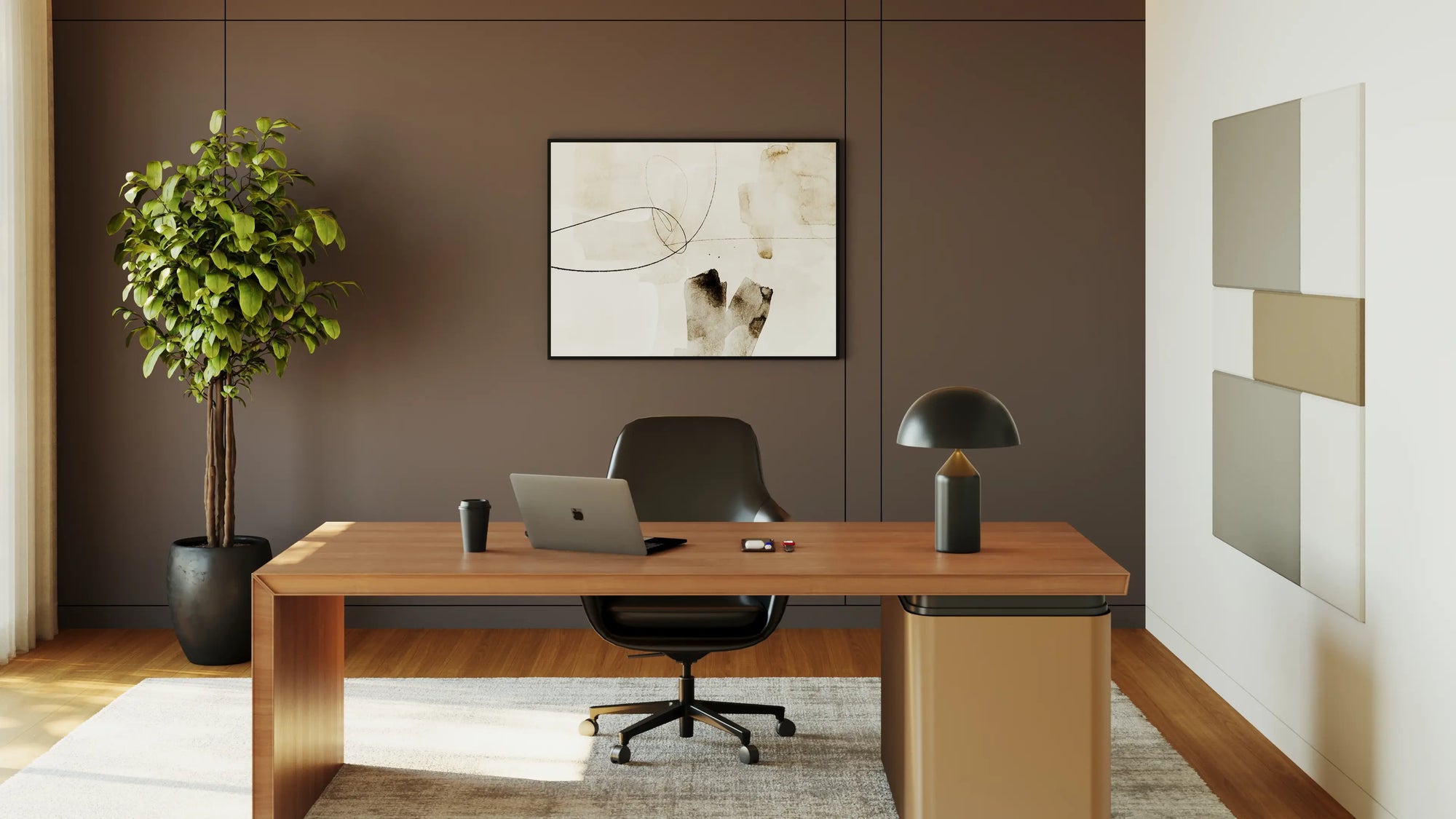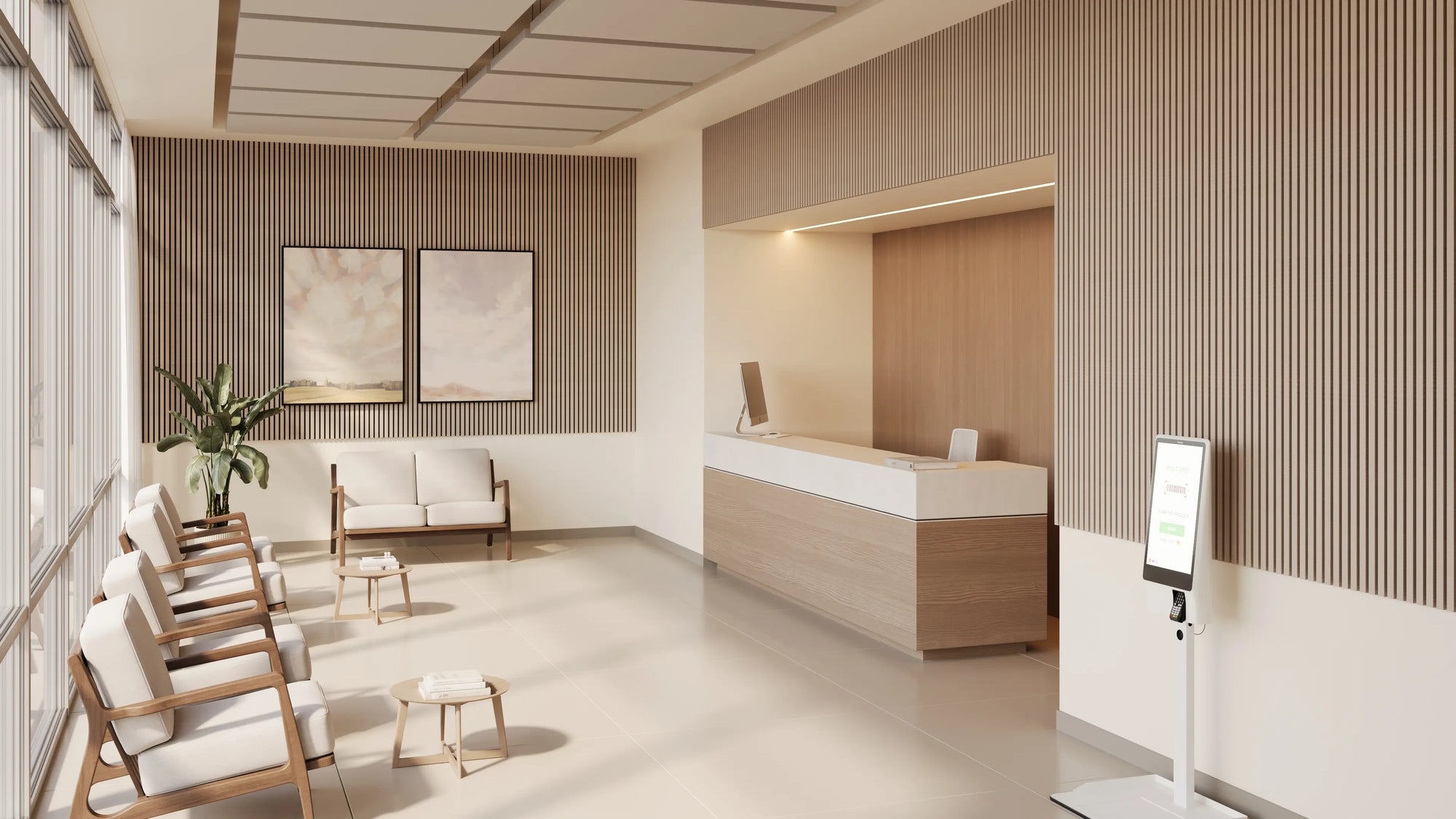If you’re working from home, it’s important to have a professional sound environment for your conference calls, webinars, or any other tasks. Say goodbye to the buzz of a neighbor’s lawn mower, a dog barking at a passing car, or the doorbell ringing during a meeting. Our acoustic treatments absorb unwanted noise, reduce echoes, and deliver crisp, clear sound. Easily mounted on walls or ceilings, they also add a sleek, modern touch to your home office.
Find Your Ideal Acoustic Match
Create the perfect sound environment with a kit designed for your space.
Home Office - Small Room Starter Kit
Home Office - Small Room Starter Kit
$608.99

Home Office - Small Room Pro Kit
Home Office - Small Room Pro Kit
$806.99

Home Office - Medium Room Starter Kit
Home Office - Medium Room Starter Kit
$507.99

Home Office - Medium Room Pro Kit
Home Office - Medium Room Pro Kit
$1,015.99

Home Office - Large Room Starter Kit
Home Office - Large Room Starter Kit
$873.90

Home Office - Large Room Pro Kit
Home Office - Large Room Pro Kit
$1,256.99

FAQ
Enter your room dimensions and materials into our acoustic calculator and get instant reverberation results and coverage advice.
Still have questions?
Enter your email for a free consultation with us. We’ll get back to you with personalized acoustic recommendations for your space.













